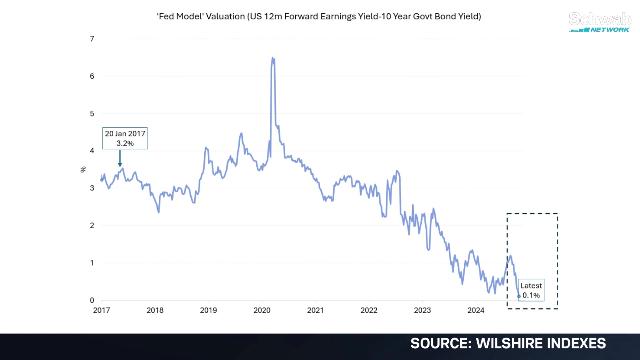- Market Minute
- Posts
- Market Minute: Gamma Levels Explained
Market Minute: Gamma Levels Explained

Daily on the Schwab Network, we discuss index options flows and blend options data with technical analysis to identify potential areas of support or resistance within the market. Today, we will break down gamma levels and explore how they may be used by technical traders. It is important to note that gamma exposure is not a foolproof trading strategy, nor does it guarantee that identified levels will hold. However, the concept of gamma exposure and dealer positioning has gained significant traction over the years and should be considered one of many indicators that can assist in identifying technical levels in the market.
To start, let’s define gamma. Technically, gamma is a theoretical value that measures the change in an option’s delta given a $1 move in the underlying stock or index. Remember, an option’s delta represents the theoretical change in an option's price for every $1 move in the underlying stock price. Gamma measures how delta shifts in response to such movements. For example, if an Apple (AAPL) $225 strike option has a delta of 0.5 and a gamma of 0.05, then a $1 upside move in Apple’s stock would increase the option’s price by $0.50, resulting in a new delta of 0.55 (original delta of 0.5 plus gamma of 0.05). This concept is foundational to understanding how gamma levels influence market behavior.
Market Makers, often referred to as dealers, play a critical role in ensuring liquidity by buying and selling futures, options, equities, and other products. Dealers aim to maintain a delta-neutral portfolio, which allows them to benefit regardless of market direction. When markets move significantly, dealers must adjust their positions—buying or selling assets—to maintain neutrality. This dynamic is where gamma levels become relevant.
For those who track gamma levels, the assumption is often made that all calls traded are sold (with dealers taking the long side) and all puts traded are bought (with dealers taking the short side). While this assumption is not accurate in practice, it serves as a foundational premise for gamma analysis. To determine gamma levels, examine a stock’s open interest at various strike prices, calculate the gamma exposure for calls and puts, and net the two values. The resulting net gamma exposure indicates potential market behavior.
Strike prices with significant positive gamma may act as resistance levels, as dealers sell futures contracts, options, or stock to maintain neutrality. Conversely, areas with significant negative gamma may act as support levels, where dealers buy futures contracts, options, or stock to balance their positions. These activities can lead to market compression and lend credence to the adage "buy the dips, sell the rips." However, external factors such as news events, earnings reports, and passive investing flows can disrupt these levels, causing markets to break out or break down. And an aggressive break of these levels may also create an aggressive reaction as hedging demand increases and dealers may also act in the prevailing market direction creating an environment for outsized moves.
Understanding gamma levels provides traders with a valuable tool for identifying potential areas of support and resistance. While not a standalone strategy, gamma exposure analysis complements other technical indicators and broadens a trader's perspective on market dynamics. It is crucial to recognize that gamma levels are influenced by dealer activity and external factors, meaning they are not guaranteed to hold. By integrating gamma levels into a broader trading strategy, traders can better anticipate market moves and respond to key technical breakpoints, whether the market experiences melt-ups or breakdowns. Ultimately, gamma levels are one of many tools available to navigate the complexities of modern financial markets.
Gamma On
Featured Clips
Tune in live from 8 a.m. to 5 p.m. ET, or anytime, anywhere, on‑demand.
Or stream it via thinkorswim® and thinkorswim Mobile, available through our broker-dealer affiliate, Charles Schwab & Co., Inc
Please do not reply to this email. Replies are not delivered to Schwab Network. For inquiries or comments, please email [email protected].
See how your information is protected with our privacy statement.
Charles Schwab and all third parties mentioned are separate and unaffiliated, and are not responsible for one another's policies, services or opinions. Schwab Network is brought to you by Charles Schwab Media Productions Company (“CSMPC”). CSMPC is a wholly owned subsidiary of The Charles Schwab Corporation and is not a financial advisor, registered investment advisor, broker-dealer, or futures commission merchant.



